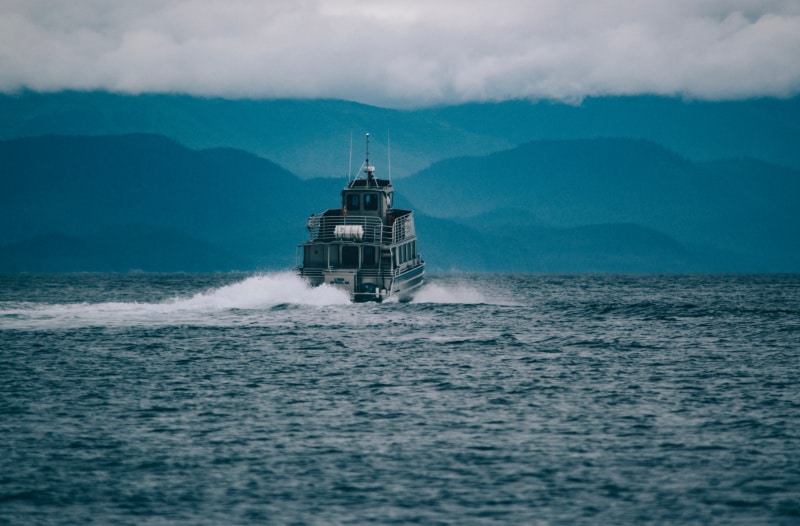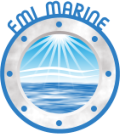
SVOP (Small Vessel Operator Proficiency) provides entry level marine seamanship skills and competencies for commercial mariners operating small vessels.
Map to FMI / Course PDF
The SVOP course is held on site at FMI in North Saanich near Victoria, BC. The course PDF will be emailed to you once you’ve purchased the course. So that our emails don’t go to your spam folder, we recommend whitelisting or adding our email address ( ) to a safe senders list in your email app, or check your spam/junk folders if you do not receive the notification email after purchasing the course. A hard copy of the course manual will be provided for in-class use.
Address & Google Map
10875 Inwood Road, North Saanich BC, V8L 5H9.
What You’ll Learn
The course will provide the student with Transport Canada required seamanship skills and safety protocol to safely operate a small commercial vessel. Upon completion of the course, students will have:
- the knowledge and skills necessary to safely operate a small non-pleasure vessel in near coastal and sheltered waters under normal operating conditions, including darkness and restricted visibility;
- ability to engage on a near coastal, class 2 or a sheltered waters voyage, and for fishing vessels up to 15 gross tonnage or 12 meters overall length engaged on a near coastal voyage, class 2;
- additional knowledge on aids to navigation and seamanship to supplement individual experience.
SVOP Course Manual Table of Contents
Chapter 1: Legal aspects of non-pleasure, small-vessel operations
Chapter 2: Basic small-vessel construction and nautical terminology
Chapter 3: Vessel hull types and configurations
Chapter 4: Propulsion systems
Chapter 5: Mooring, knots and lines, and related seamanship skills
SVOP Delivery
- Classroom sessions include demonstrations, visual and hands-on instruction with safety equipment, videos, whiteboards, and work sheets.
- Students have opportunities to handle equipment and are expected to demonstrate identified competencies to the instructor.
- A manual is provided to each student in advance of the course in an electronic format. (Hard copies can be provided if required.)
- Students are expected to read the manuals in advance of the course.
Duration
- Minimum 26 hours including 2 hours for evaluation.
Reviews & SVOP Certification Exam
- All 23 chapters provide review quizzes in the form of short-answer questions.
- The written examination approved by Transport Canada Marine Safety contains 50 multiple-choice questions and the pass mark is 70%.
- Administering the examination orally and/or online may be considered on a case-by-case basis.
Facility & Amenities
Designed to accommodate 8 students, the facility includes amenities and instructional aids, including:
- Full washroom facilities and kitchen for coffee and lunches
- Food stores and restaurants in Sidney (10 minutes away)
- Garden outdoor area, first-aid station, and ample parking
- Up-to-date marine safety publications and charts
- Safety and other equipment for demonstrations
